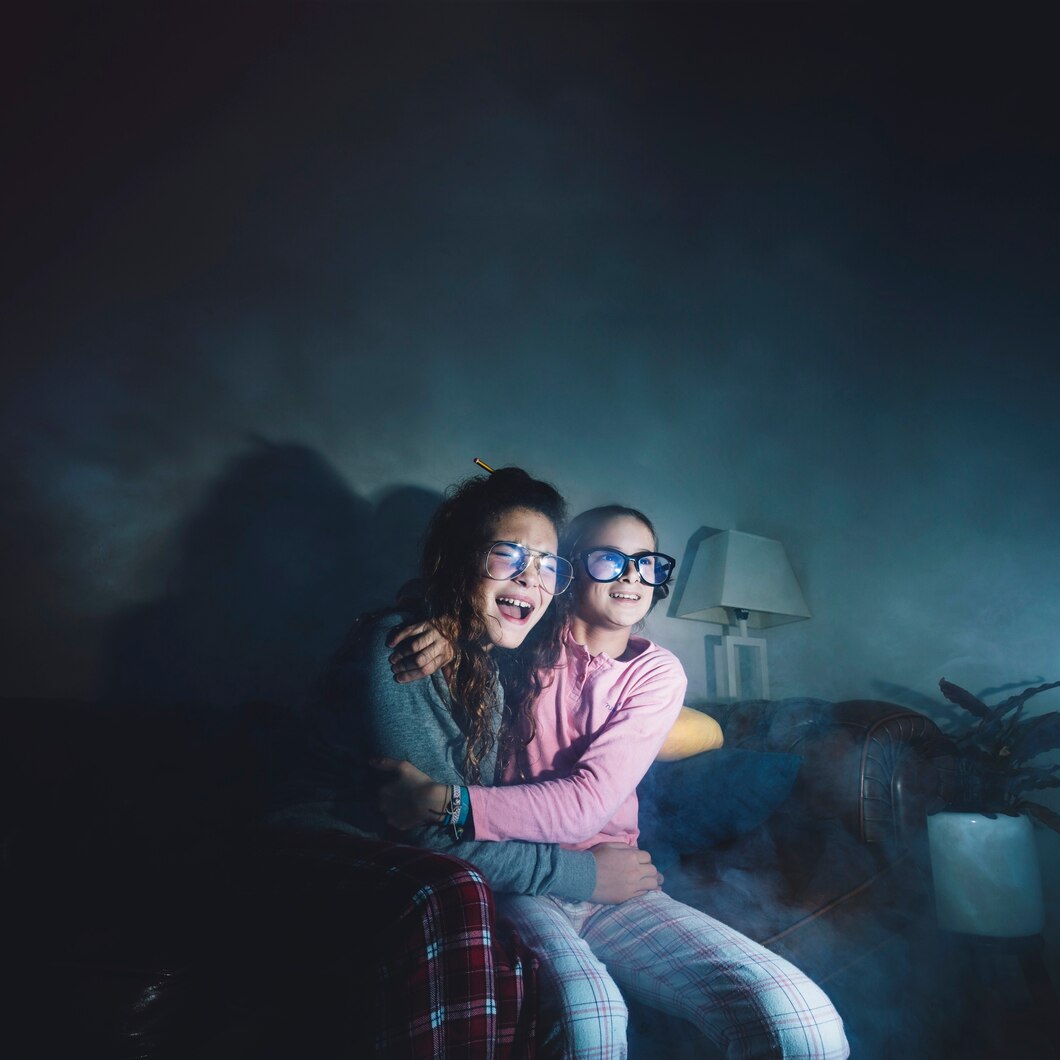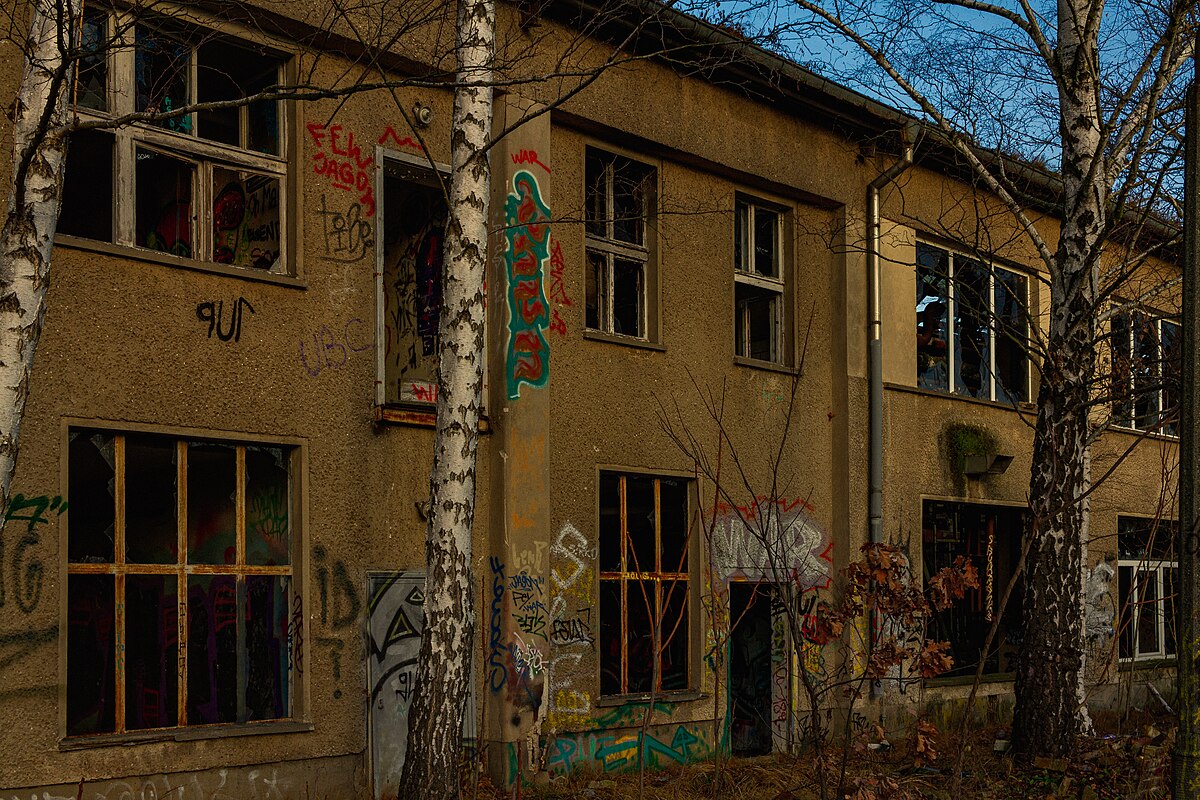Horror movies have long been a source of spine-tingling thrills and captivating storytelling and continue to bring in massive crowds and millions of dollars to the box office every year. Horror movies of all kinds invite us into worlds filled with monsters, ghosts, and unimaginable thrills, providing an adrenaline rush that keeps us coming back for more. But beyond their entertainment value, there’s an ongoing debate about whether these cinematic nightmares have any correlation with deviant behavior and violent crime, both in the short term and the long term. In this blog, we’ll explore the intriguing relationship between horror movies and society, as found in a 2008 study. We will touch on key sociological concepts such as deviance, social stigma, primary deviance, and secondary deviance.
 The Thrill of the Unknown
The Thrill of the Unknown
For centuries, humans have been drawn to stories of the supernatural and the macabre. Even in our most primal way, the fear of a threat in the dark triggers our biological fight or flight. The fear and excitement that horror movies evoke are part of our collective psyche, offering a safe and controlled environment to experience intense emotions. But could these films, filled with gore and violence, influence our real-world actions and behavior? Do franchises that glorify gore, like Saw, affect how people see violence and pain in daily life? Are psychological thrillers like The Shining catalysts for mental unrest in its viewers?
Unpacking Deviance
To understand the potential impact of horror movies on society, let’s delve into the concept of deviance. Deviance refers to behaviors or actions that violate social norms. These norms are established by the general populous to commonly reflect the common good of society. Deviance can be categorized into primary deviance, which involves isolated acts of deviant behavior that do not leave the person labeled as deviant, and secondary deviance, where individuals are labeled as deviant after committing a specific action.
 Horror Movies and Deviance
Horror Movies and Deviance
The relationship between horror movies and deviance is a subject of ongoing debate. On one side of the spectrum, some argue that exposure to violent and gruesome content in horror films can desensitize individuals to real-world violence, potentially leading to an increase in violent crime. This viewpoint suggests that repeated exposure to explicit violence could blur the lines between fiction and reality, making it easier for some people to engage in violent behavior.
On the flip side, there’s an intriguing counterargument: horror movies might serve as a form of catharsis. This means that these films provide a safe outlet for people to release pent-up aggression and fear. By confronting their deepest anxieties in a controlled environment, viewers may be less likely to engage in violent or deviant behavior in real life. A 2008 study found horror movies to contribute little to no effect on the societal adoption of violence as normalized in the immediate and short term. The study also noted the attraction to see a multi-hour film indoors as a potential deterrent for some violent behavior, as potential aggressors may be indoors watching the film, which also decreases overall societal alcohol consumption (a major factor in violence in society).
 Catharsis vs. Desensitization
Catharsis vs. Desensitization
So, are horror movies a form of catharsis, or do they lead to desensitization? It’s a complex question with no definitive answer. People react differently to the same stimuli, and what might be therapeutic for one person could potentially desensitize another. Additionally, the 2008 study is not entirely definitive. While it does contain data that is suggestive toward the neutral to positive overall benefits of horror movies to society, the study cannot be considered the solidifying study as to the overall benefits or harms of horror movies on society. The balance between these two opposing views remains a subject of ongoing research and discussion.
The Gray Area
In conclusion, the relationship between horror movies and their impact on society is far from clear-cut. While there is evidence to support both sides of the argument, it’s important to remember that moderation and self-awareness play a significant role. Enjoying a good scare occasionally is unlikely to turn anyone into a criminal, but excessive exposure to violent media should not be underestimated.
Ultimately, horror movies continue to captivate audiences with their spine-tingling narratives and visceral thrills. They serve as a testament to our fascination with the unknown and our ability to explore the darkest corners of our imagination. So, the next time you settle in for a horror movie marathon, remember to enjoy the thrill responsibly and maintain a healthy balance between fiction and reality. The true impact of these cinematic nightmares on society remains a puzzle waiting to be solved.
Winnek is a guest blogger at UITAC Publishing. UITAC’s mission is to provide high-quality, affordable, and socially responsible online course materials.
Images used in this blog:
- “Scared screaming girls watching TV” is licensed on Freepik. This image has not been altered.
- “Portrait of a person with mental disorders” is licensed on Freepik. This image has not been altered.
- “3d render of a bloody dagger on a grunge background” by kjpargeter is licensed on Freepik. This image has not been altered.




